Obsidian's Josh Sawyer leads the charge of RPG fans playfully roasting Stranger Things for its D&D rule flubs: 'The oldheads are going to catch all these things'
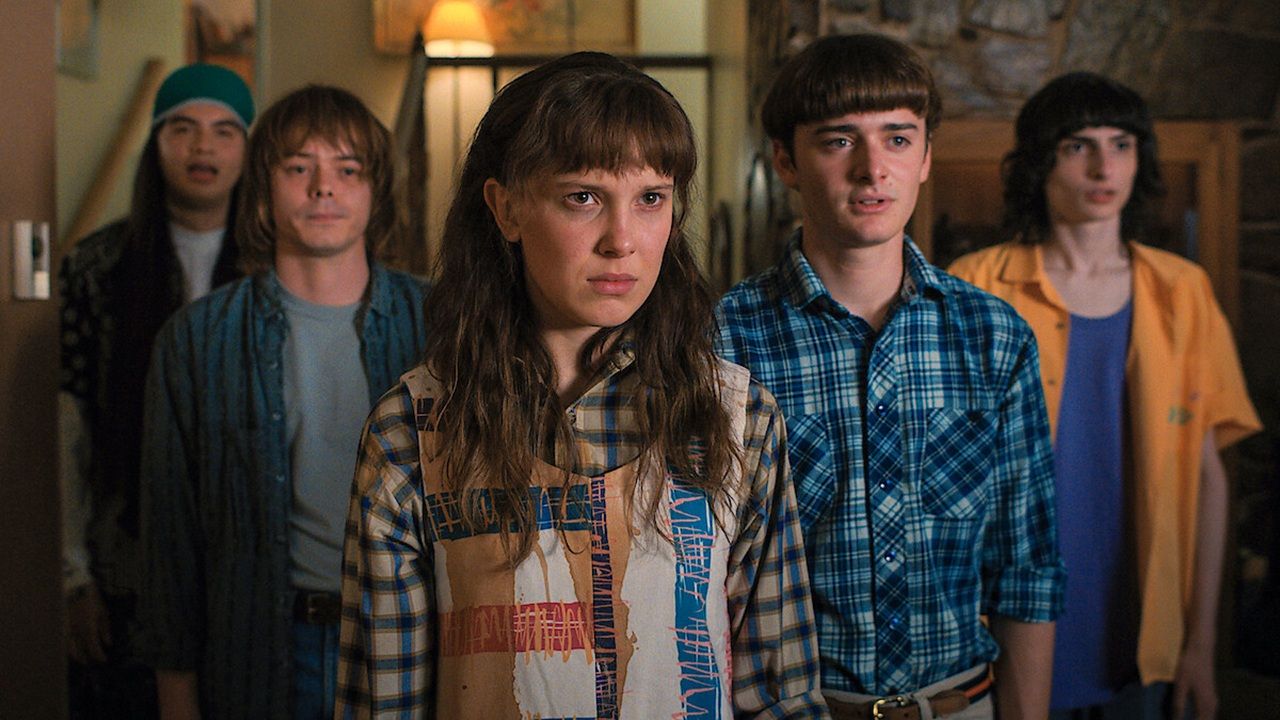

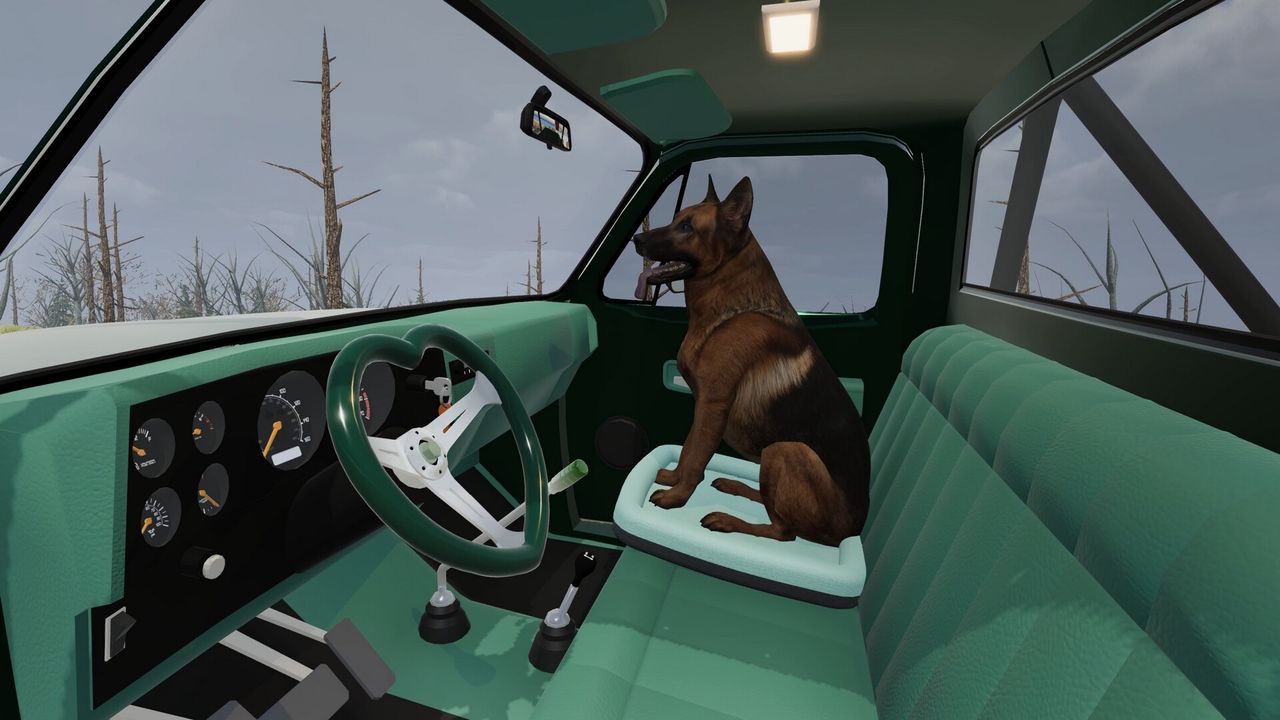
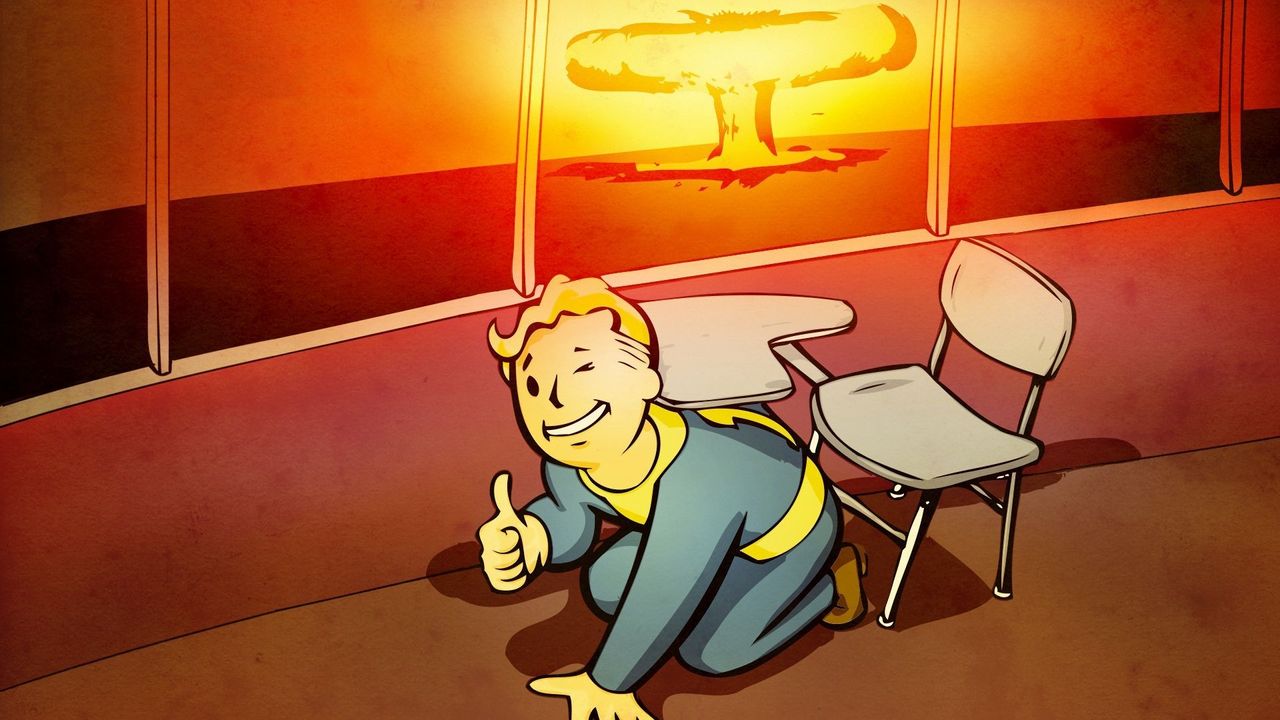

The holidays are almost here, and we've rounded up the best deals for Sunday, December 21, below. Don't miss your chance to save on these last-minute gifts!
Launched earlier this month, Assassin's Creed Shadows is finally available on Nintendo Switch. Right now, you can save $10 off the physical copy at Amazon. This edition packs in all the game's DLC, updates, and more into one package for Switch 2 owners.
The best deal of the weekend is the Nintendo Switch 2 + Mario Kart World Bundle, which is on sale for $449. That's the price of a standard Nintendo Switch 2, which means you're essentially scoring Mario Kart World for free. This model is said to have ended production, so we likely won't see this bundle available much longer. If you're planning on picking up a Switch 2 for yourself or as a gift this holiday season, today is the best time to buy one.
One of the most anticipated RPGs of 2025, Dragon Quest I & II HD-2D Remake, is down to $39.99 this weekend. This remake transforms the original two Dragon Quest games into gorgeous experiences with numerous updates and tweaks to modernize the experience.
PS5 Pro is on sale this weekend for $649, saving you just over $100 off Sony's most powerful console. Even if you already own a PS5, the PS5 Pro can still be a solid upgrade, providing enhanced performance and frame rates for numerous games. Newcomers to the PlayStation ecosystem can expect the best PS5 has to offer with this one.
If you're a Nintendo Switch 2 owner or expecting to become one this holiday season, a microSD Express Card is an absolutely essential purchase. The internal 256GB of storage is nowhere near enough for most players, especially with huge games like Final Fantasy VII Remake Intergrade set to take up over a third of that space next year. You can save $20 off this 256GB microSD Express Card at Amazon and instantly double your Switch 2 storage.
Black Ops 7 is the latest Call of Duty, with the game releasing just a few weeks ago. Despite this, it's already on sale at Amazon for $40, which makes this a perfect last-minute Christmas gift.
Art books are a great way to gain greater insight into the development of your favorite games. This DOOM: The Dark Ages art book was released a few weeks ago, and it's already on sale for just under $31. Featuring over 200 pages, you can dive into behind-the-scenes art of the Doom Slayer, his weapons, and even enemies or locations.
Astro Bot is a must-own game for any PlayStation 5 owner for many reasons. The fun platforming adventure is a trip across PlayStation's iconic history of games, with cameos from many of the beloved characters that shaped each console generation. Today, you can score Astro Bot for $39.99 at Amazon, which is the lowest we've seen it so far.
The Nintendo Switch 2 version of Star Wars Outlaws is on sale this weekend for $29.99, which is a steal for one of the hybrid system's best third-party games. This version of Star Wars Outlaws is the Gold Edition, packing in all the DLC and updates that released.
Best Buy has Battlefield 6 for $39.99 today, with both PS5 and Xbox Series X copies discounted. Out of all multiplayer games released this year, Battlefield 6 might just be the most popular. This is a great gift to give alongside a new console.
Amazon has the Asus ROG Xbox Ally on sale for $489.99, which is even lower than Black Friday! You can save $110 on this portable PC equipped with everything you need to play or stream your Xbox games. This deal is almost gone, so don't miss your chance to score!
Finally, Walmart has God of War Ragnarök on sale for $19.97 today. This is one of the best PS5 games available, as it builds off its predecessor in many ways to deliver an action-packed, unforgettable experience. It's hard to beat this price, especially if you're on the hunt for a holiday gift.
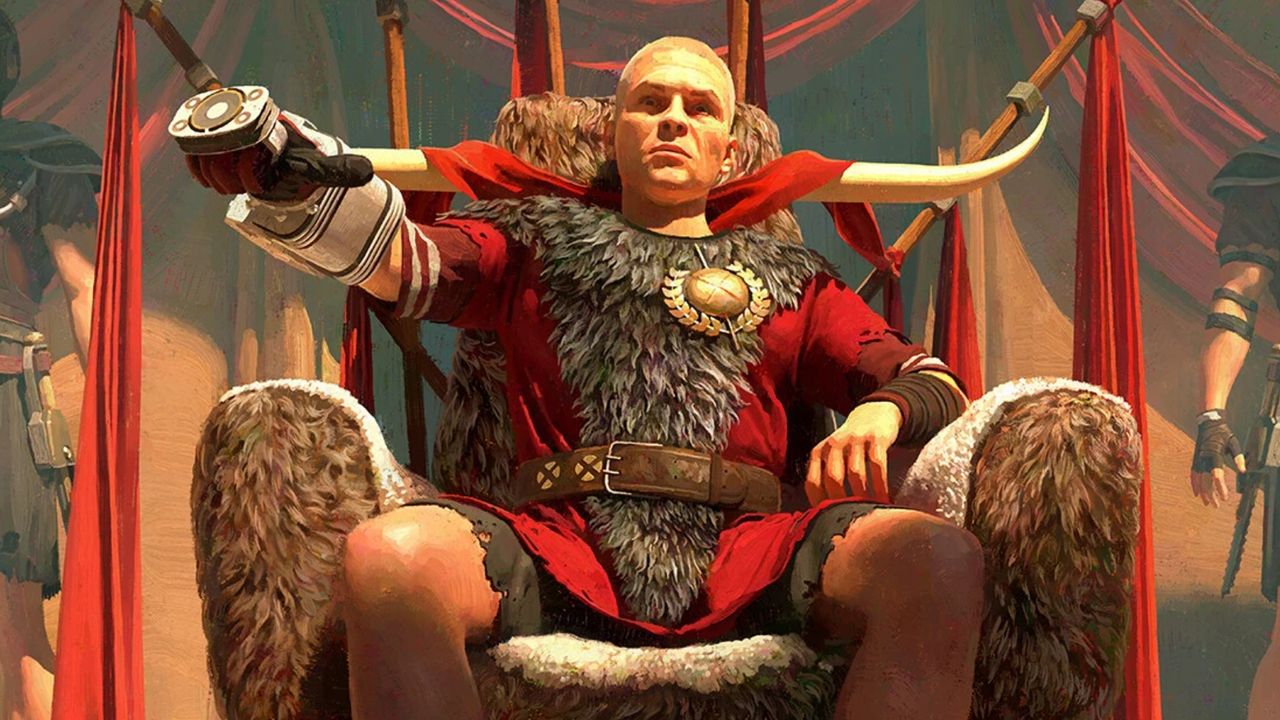
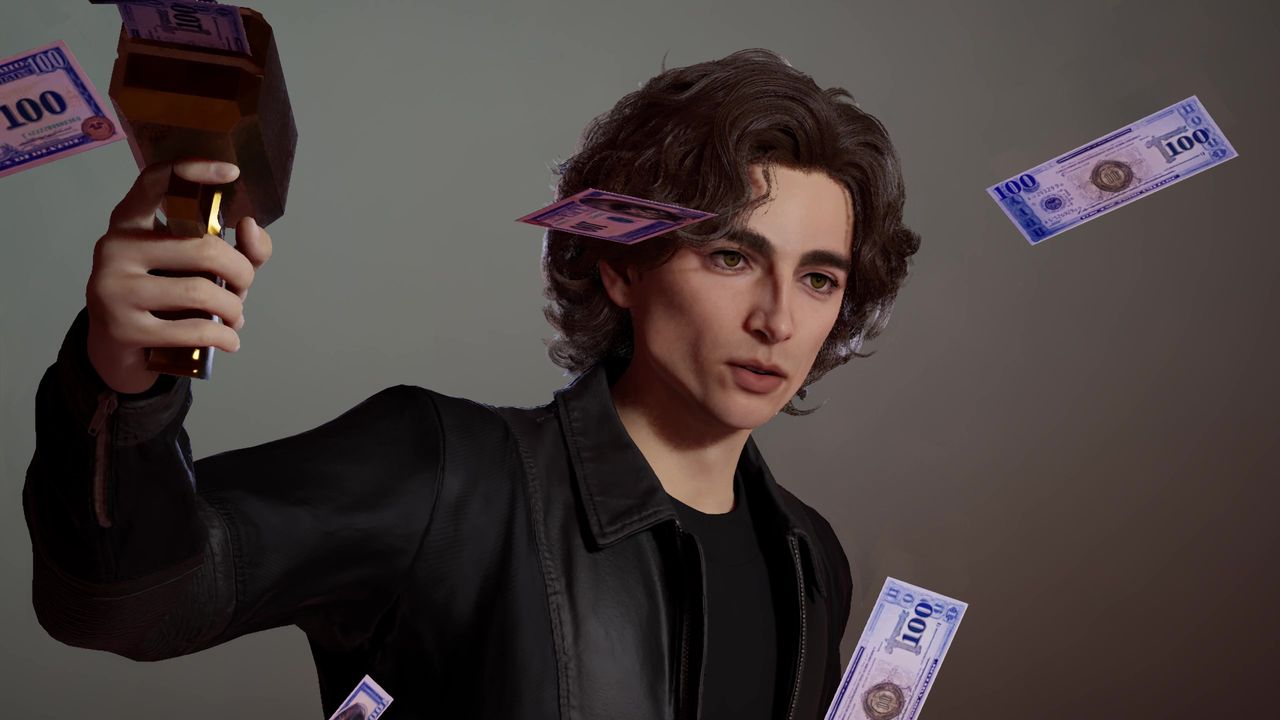

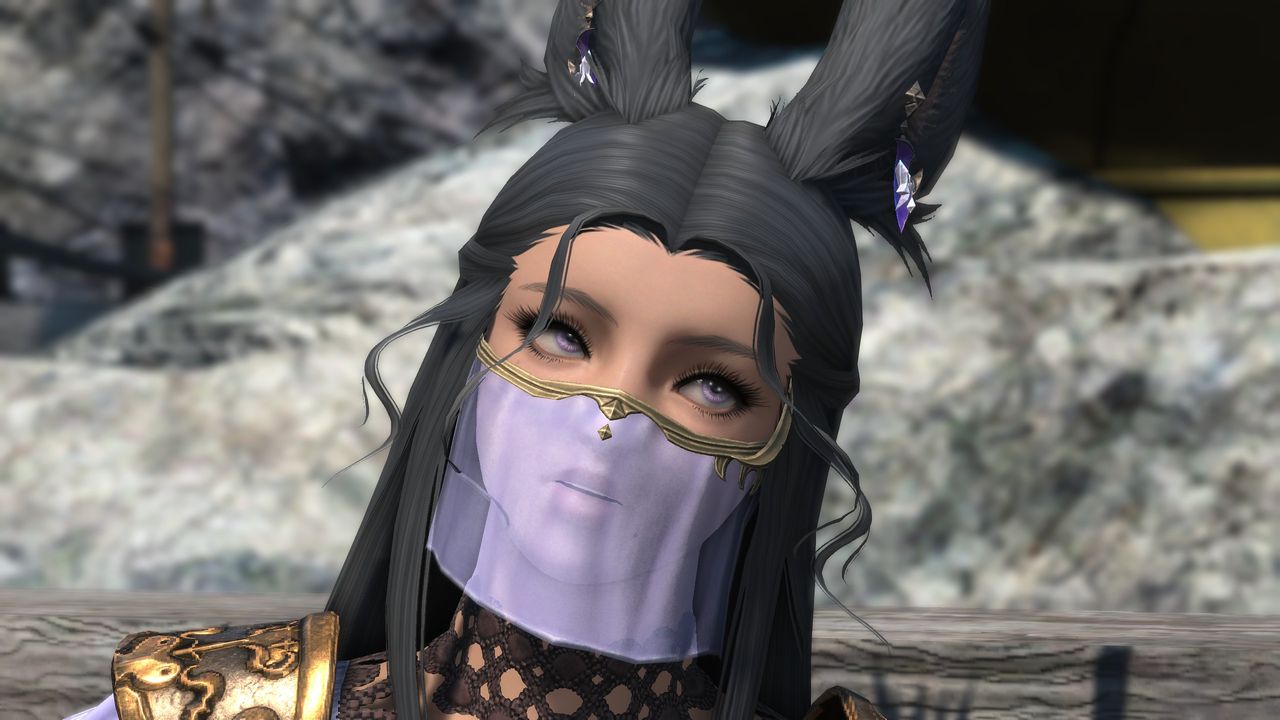
Now here is something really cool for all our retro fans. Games That Weren’t has shared a new ROM for the canceled Game Boy Color port of the first Resident Evil game. This new ROM is said to be 98% complete. As such, you can finally experience this unreleased Resident Evil game on PC. For … Continue reading You can now play the canceled Game Boy Color port of Resident Evil →
The post You can now play the canceled Game Boy Color port of Resident Evil appeared first on DSOGaming.
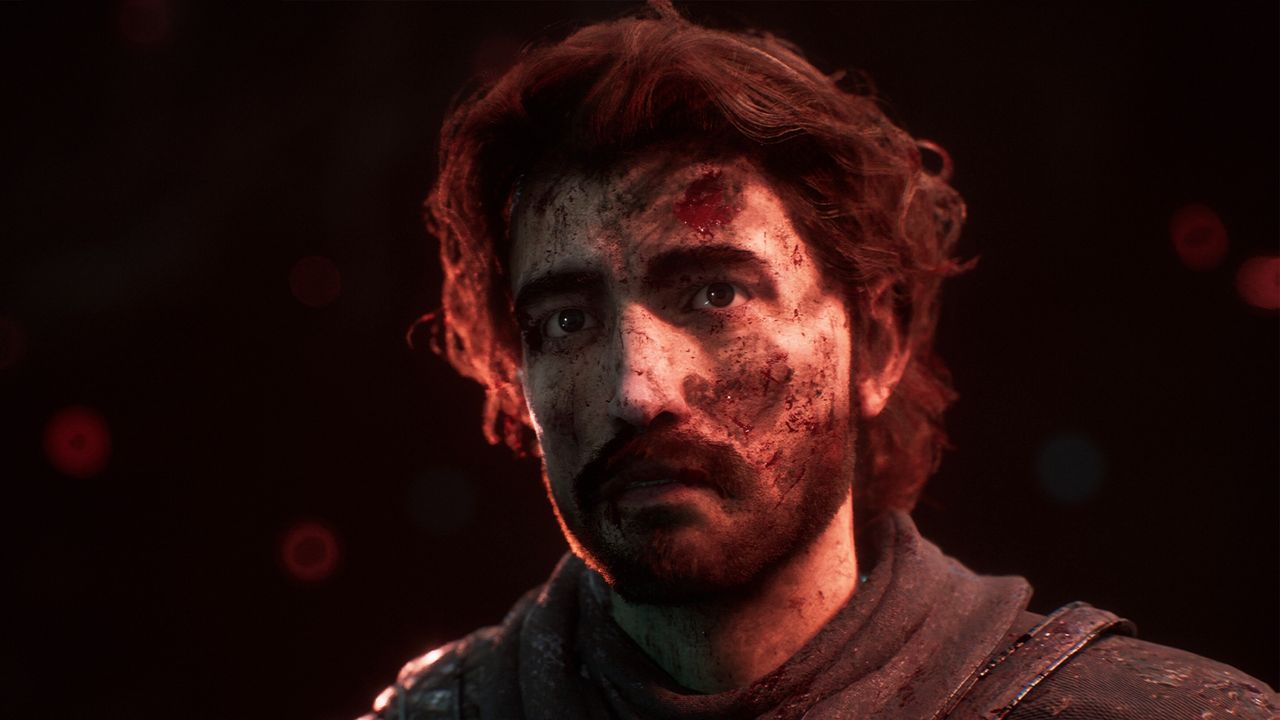


Unreal Tournament fans, here is something for you today. YouTube’s Smart Poly has ported Unreal Tournament to Unreal Engine 5.7 and has released a playable demo that you can download right now. Before Fortnite Battle Royale launched, Epic Games was working on a free-to-play Unreal Tournament game. This was meant to be a community-driven project. … Continue reading Unreal Engine 5.7 Demo for Unreal Tournament Released →
The post Unreal Engine 5.7 Demo for Unreal Tournament Released appeared first on DSOGaming.
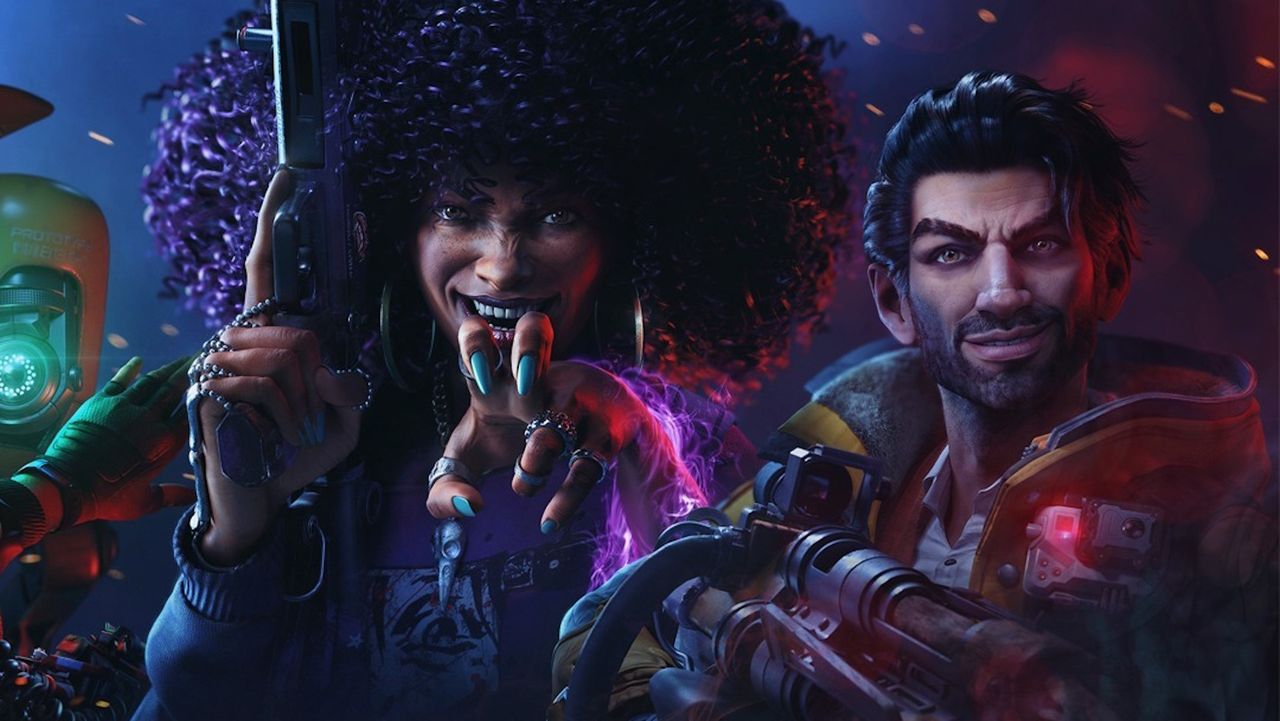
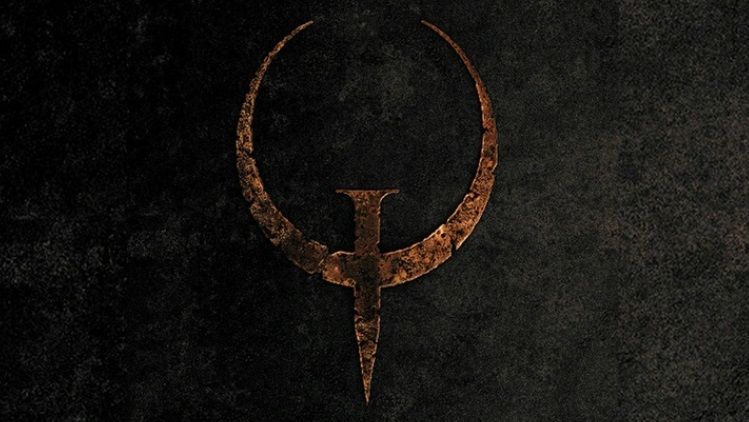
Modder ‘GPC-Surgeon’ has released V4 of his Ultra Cinematic Next-Gen Mod for Cyberpunk 2077. So, let’s take a closer look at it, shall we? The Cyberpunk 2077 Ultra Cinematic V4 Mod makes the game look much better, especially when Path Tracing is turned on. The modder says this is not just a simple ReShade preset. … Continue reading Cyberpunk 2077 Ultra Cinematic V4 Next-Gen Mod Looks Stunning →
The post Cyberpunk 2077 Ultra Cinematic V4 Next-Gen Mod Looks Stunning appeared first on DSOGaming.

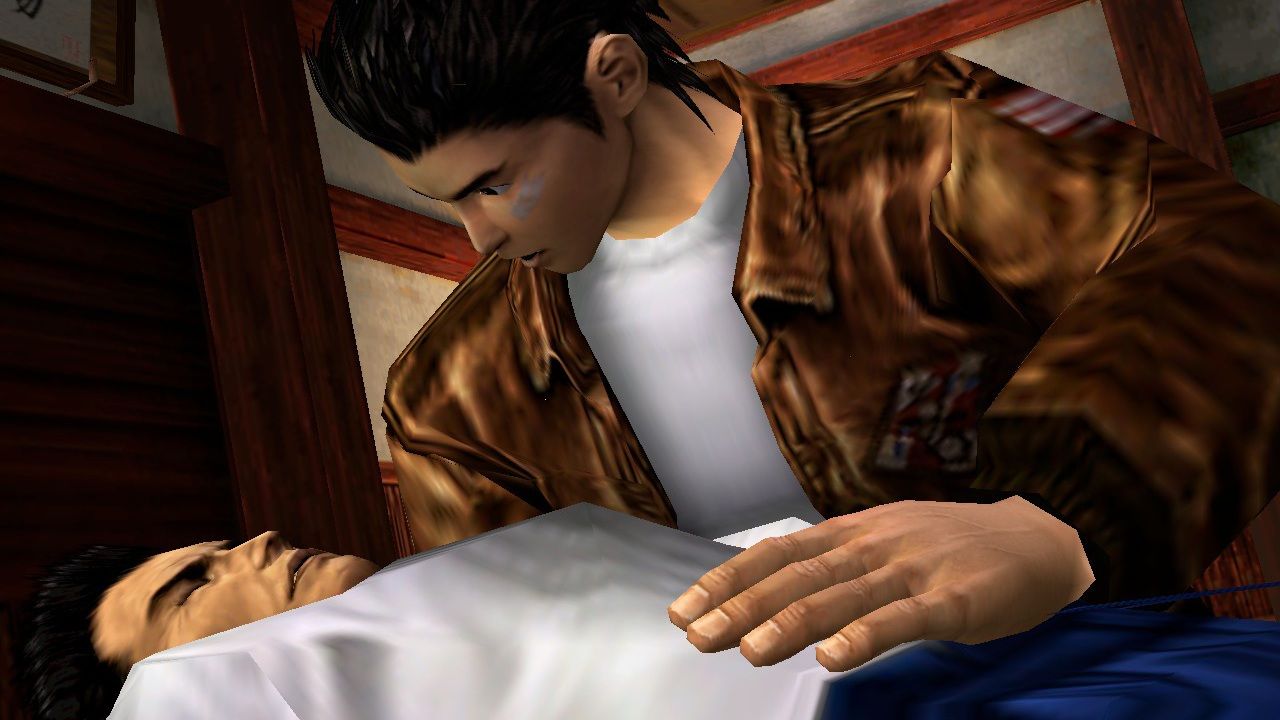
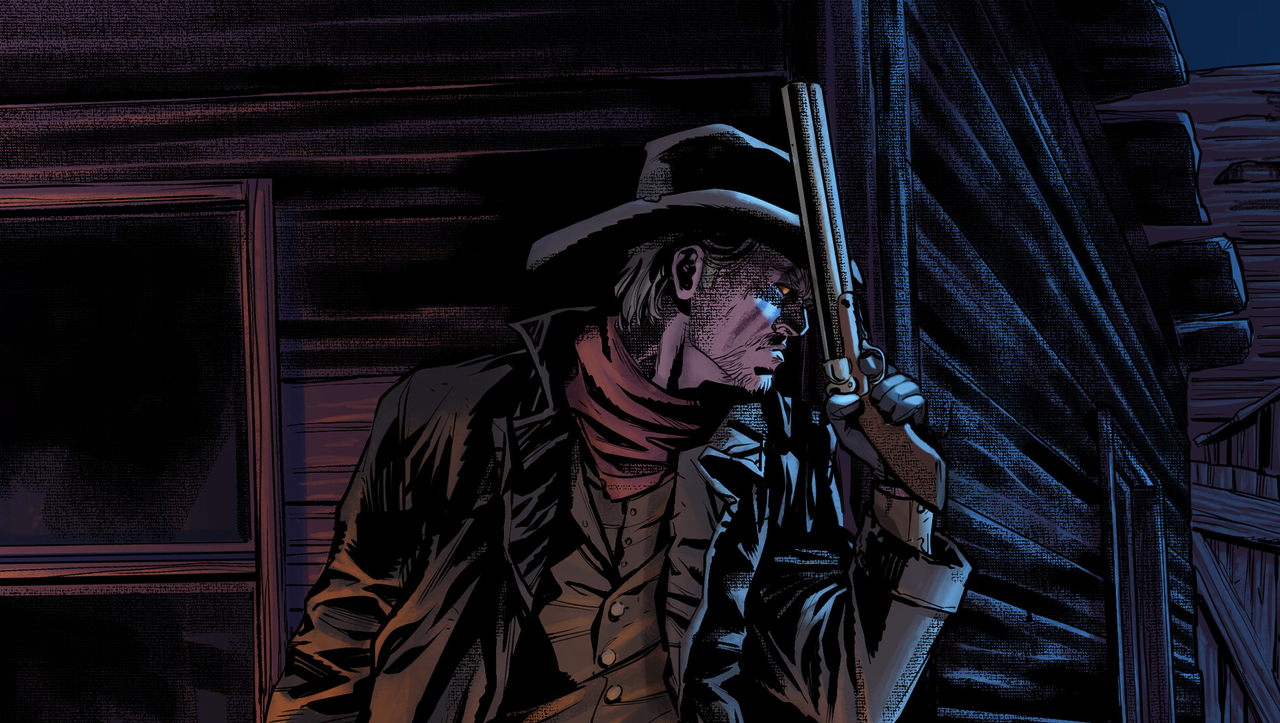
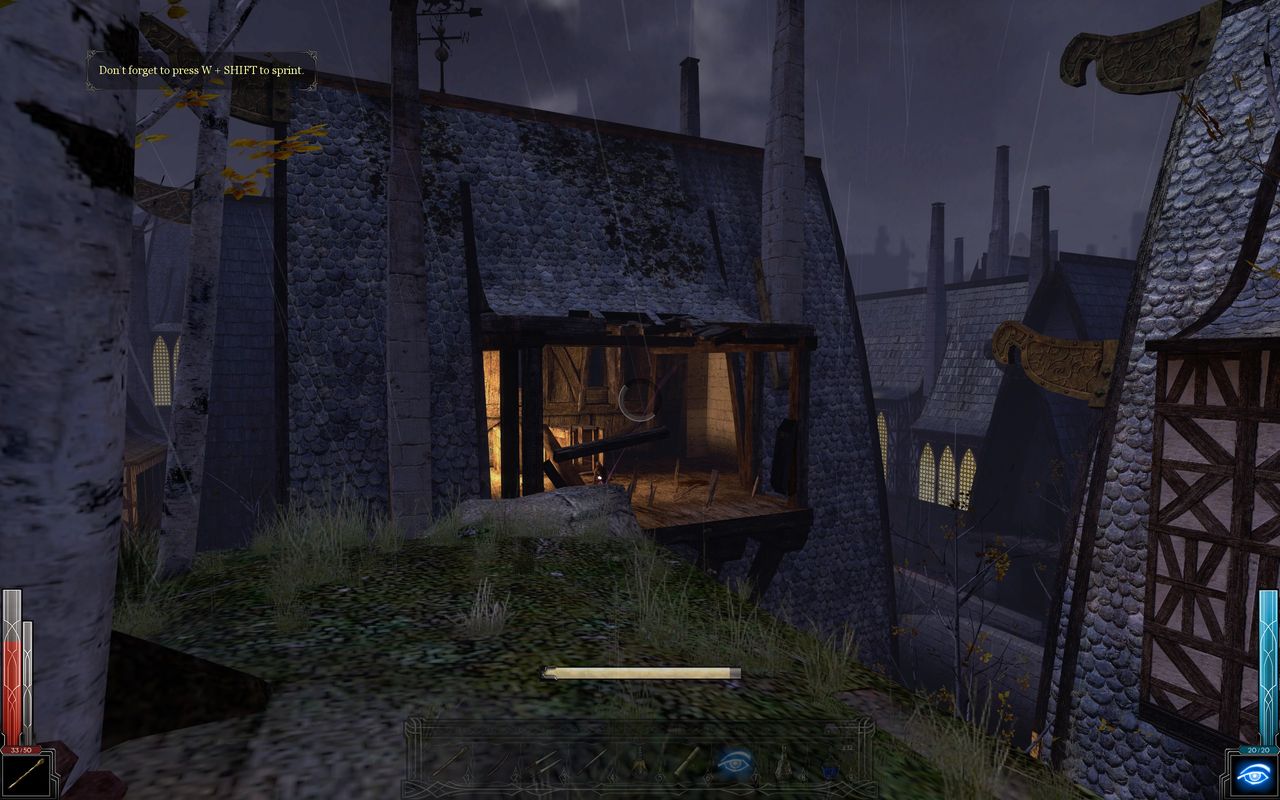

The holidays are almost here, and we've rounded up the best deals for Saturday, December 20, below. Don't miss your chance to save on these last-minute gifts!
The best deal of the weekend is the Nintendo Switch 2 + Mario Kart World Bundle, which is on sale for $449. That's the price of a standard Nintendo Switch 2, which means you're essentially scoring Mario Kart World for free. If you're planning on picking up a Switch 2 for yourself or as a gift this holiday season, today is the best time to buy one.
PS5 Pro is on sale this weekend for $649, saving you just over $100 off Sony's most powerful console. Even if you already own a PS5, the PS5 Pro can still be a solid upgrade, providing enhanced performance and frame rates for numerous games. Newcomers to the PlayStation ecosystem can expect the best PS5 has to offer with this one.
If you're a Nintendo Switch 2 owner or expecting to become one this holiday season, a microSD Express Card is an absolutely essential purchase. The internal 256GB of storage is nowhere near enough for most players, especially with huge games like Final Fantasy VII Remake Intergrade set to take up over a third of that space next year. You can save $20 off this 256GB microSD Express Card at Amazon and instantly double your Switch 2 storage.
Black Ops 7 is the latest Call of Duty, with the game releasing just a few weeks ago. Despite this, it's already on sale at Amazon for $40, which makes this a perfect last-minute Christmas gift.
Art books are a great way to gain greater insight into the development of your favorite games. This DOOM: The Dark Ages art book was released a few weeks ago, and it's already on sale for just under $31. Featuring over 200 pages, you can dive into behind-the-scenes art of the Doom Slayer, his weapons, and even enemies or locations.
The Nintendo Switch 2 version of Star Wars Outlaws is on sale this weekend for $29.99, which is a steal for one of the hybrid system's best third-party games. This version of Star Wars Outlaws is the Gold Edition, packing in all the DLC and updates that released.
Best Buy has Battlefield 6 for $39.99 today, with both PS5 and Xbox Series X copies discounted. Out of all multiplayer games released this year, Battlefield 6 might just be the most popular. This is a great gift to give alongside a new console.
Amazon has the Asus ROG Xbox Ally on sale for $489.99, which is even lower than Black Friday! You can save $110 on this portable PC equipped with everything you need to play or stream your Xbox games. This deal is almost gone, so don't miss your chance to score!
Finally, Dragon Quest I & II HD-2D Remake is down to $49.99 this weekend. This is actually a bit higher than it was last weekend, but I still think it's a fantastic price for two games that any RPG fan will appreciate. If you're on the hunt for a last-minute gift to give, this is an excellent choice.